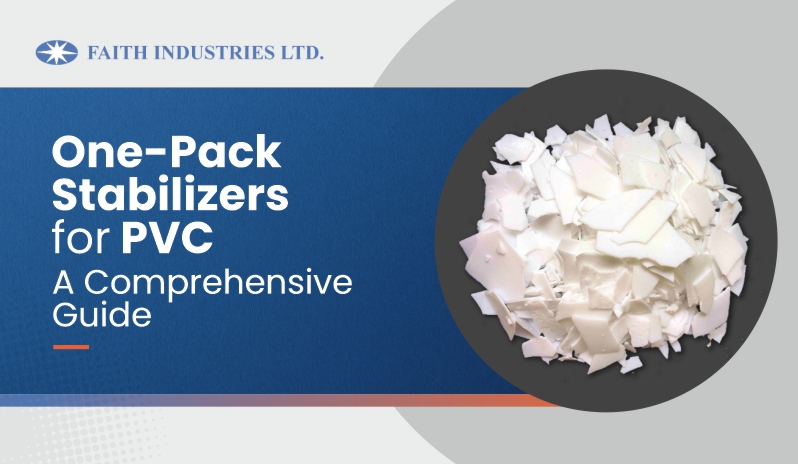PVC needs different additives to prevent its degradation upon heating and shearing to get desired articles. Lubricants are crucial to add during the processing of rigid PVC. They can greatly influence the flow behavior and viscosity of PVC compositions in the processing machinery. Their role can be summarized as follows:
- PVC Lubricants reduce friction within the polymer matrix before PVC melting.
- They lower friction between the plastic machinery and the contact surface of PVC melt.
This way, lubricants help smooth and ease the processing of PVC in the machinery. Below we have discussed the phenomenon and purposes of external and internal lubrication in detail.
External Lubrication of PVC Lubricant
External lubricant for PVC sticks to the surface of the processing machine or mold or to the surface of the molten resin to form a molecular layer. In this way, it deals with the interface lubrication mechanism. The presence of the lubricant molecular layer results in the formation of a lubricating interface which lowers the friction between the processing machine and resin. The processing temperature and melting point of lubricant determine the viscosity and efficiency of the lubricating interface film. Lubricants with long molecular carbon chains generally offer better lubrication as they make the two friction surfaces farther away.
The external lubricant for PVC makes the movement of the stock through the machinery easier. It hinders the local formation of thick layers and their burning by preventing the sticking of stock to the hot metal of machinery. External lubricants delay gelation by raising the fusion time and stability of PVC. They also make the end product look glossy.
Polyethylene wax and paraffin wax are commonly used external lubricants for PVC.
Internal Lubrication of PVC Lubricant
An internal lubricant for PVC plays the role of softening or plasticizing. However, it is similar to a plasticizer but is comparatively less compatible with PVC due to its longer carbon chain and lower polarity. As a result, only a small number of lubricant molecules are able to infiltrate into the polymer’s molecular chains. These lubricant molecules reduce molecular chains’ mutual attraction and decrease the melt viscosity while promoting inter-molecular flow via chain slippage.
The internal lubricants for PVC decrease shear burn-in injection molding by reducing the friction between the particles before the melting of polyvinyl chloride. It leads to a reduction in the tendency to sink marks and provides a better surface finish while offering good part-size control. Thus, it makes mold-filling better, faster, and easier by reducing back pressure in extrusion.
Ester wax and oxidized polyethylene wax are commonly used internal lubricants for PVC, which can enhance the fillers’ dispersion while improving clarity.
What Can Happen if You Use the Lubricants Improperly?
The use of PVC pipe lubricant in the processing of PVC requires certain principles to be followed strictly. There should be a proper slip balance between internal and external lubrication, and the lubricants should be used in adequate amounts. If this is not the case, then the following things can happen.
Unbalanced External and Internal Lubrication
Over and under lubrication affect the product quality as the processing suffers. Too much internal slippage results in large extrusion volumes and poor material plasticization. If the external slippage is too much, extrusion speed becomes fast, but plasticization is poor. It affects the internal performance and surface quality of the extruded product.
Over lubrication leads to poor surface properties along with scorching, poor weld lines, poor impact strength, and low output. On the other hand, under lubrication causes loss of mechanical properties and poor fusion or degradation of PVC due to frictional heat.
The addition of PVC lubricants in excess amounts can influence the blending system of
PVC adversely because of the incompatibility of PVC resins and lubricants, which may result in product defects due to thermal stability issues and several other processing-related problems.
In the case of excessive internal lubricants, plasticizing torque gets smaller, and plasticizing time gets shorter. The thermal stability time is also less, and the product’s inner wall is not smooth. On the other hand, excessive external PVC lubricants may result in precipitation phenomena and decreased mechanical properties.












